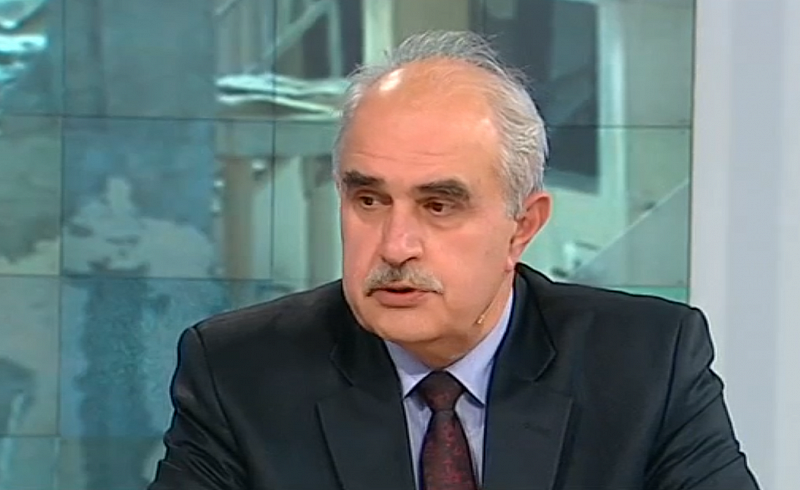
[ad_1]

Experience showed that problematic material was used in the construction of the Trakia highway on the section between Stara Zagora and Nova Zagora. A well-built road can last up to 70 years.
This was revealed to Frog News by Professor Bogomil Petrov, a professor of building materials at the University of Civil Engineering, Architecture and Geodesy. This is what he further specified:
Prof. Petrov, years ago you investigated certain material that was used in the construction of the problematic “Trakia” road. Could you tell us what it is and what was the result of the inspection?
Before I explain, I only specify that this is not the currently problematic section between Chirpan and Stara Zagora, but the one between Stara Zagora and Nova Zagora. Currently, there are also problems in this area, but so far they are small. They are not as striking as those on the Chirpan-Stara Zagora section.
Tell us what you reviewed
Some waste materials are used from the mines in the Dimitrovgrad area. So, as a university, we were commissioned to research this material. We did it according to the rules. However, it turned out that there was a problem with the material because it required very high humidity to achieve optimal density. This was practically not done on the spot. The amount was enormous.
Was this material used in the construction of the road?
Yes, this material was complicated. I remember that there were two independent examinations. RIA then assigned one to a laboratory in Burgas. The other, the late Dimcho Mihalevski, then a deputy, took her to the university. In both places it has been found that this is not a suitable material for road construction, as it will create problems over time.
Could such material be placed in the area that currently looks like waves?
I do not know. However, in case of problems, it can be expected that similar materials have been applied again.
You say that there are also problems on the section between Stara Zagora and Nova Zagora. What nature are they?
This section is still new, they launched it 4-5 years ago. I spent that day and noticed problems. But they are not as flashy as those on the 38km stage, which is simply unique for Bulgarian conditions.
As an expert, how do you explain the folding of the road?
In all probability, there is something in the constitution of the road. It is not asphalt concrete placed as a top coat. It’s about what’s underneath. I am not a highway worker, I only deal with building materials. But that it is related to the construction of the road itself and the insufficient sealing is evident. There are roads that are 70 years old, where the foundation is properly made, with the necessary seal. And they haven’t moved, despite the load.
A path well done, how long can you last without moving?
This is difficult to predict, but a well-constructed road means well-designed for the respective load it is provided with. Use good materials, each layer must be well sealed separately. Drainage should be arranged so that it does not penetrate the road structure. And such a path can last up to 60-70 years. As of course only the pavement on top is regularly changed because it wears out.
When you say you’ve been through the problem area recently, what did you find?
There are faults some distance away, which makes me think that there is a problem in the execution technology. And exactly at the connection between the individual sections, which are 50-60 meters. Apparently there is no good seal between them and this is obvious. Periodic monitoring.
Interview with Katya Ilieva